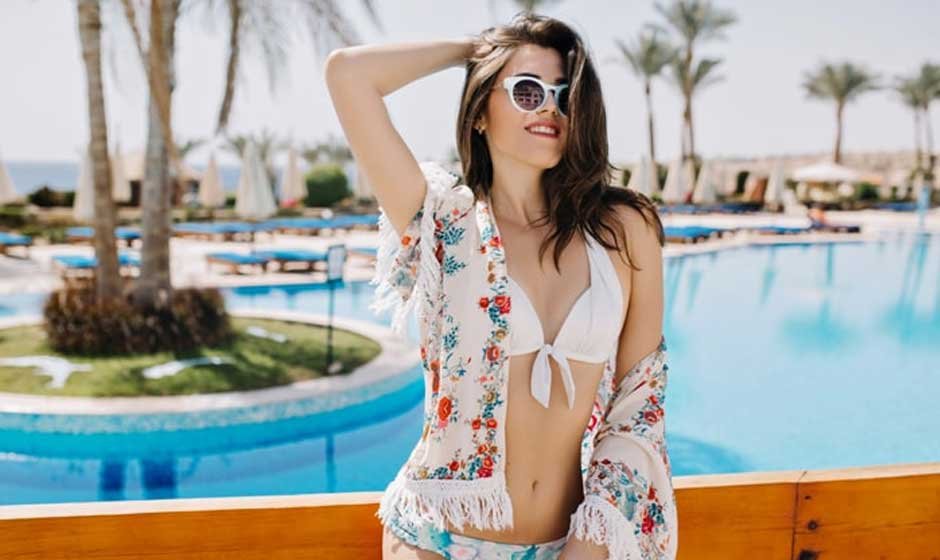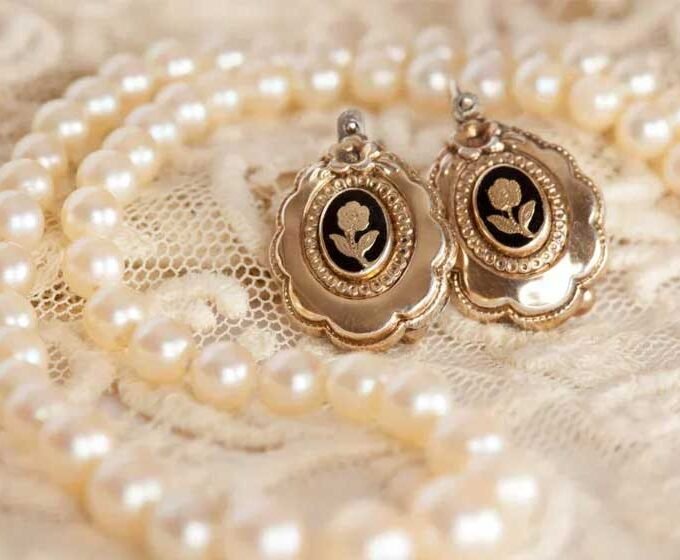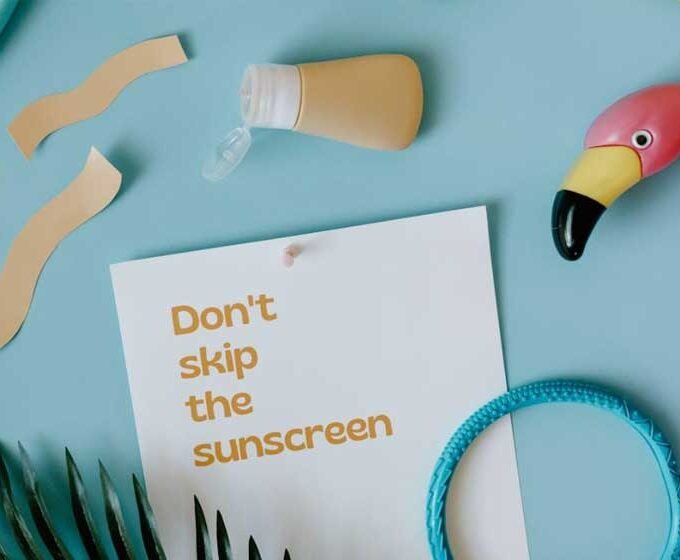Beachwear shopping can feel overwhelming when faced with racks of swimsuits, cover-ups, and accessories all displaying a myriad of labels. Beyond aesthetics, those tags convey critical information about fabric performance, sun protection, fit, and care instructions. Learning to read labels with confidence can transform your purchases from guessing games into smart investments tailored to your lifestyle and body. Whether you seek reliable sun defense, contour-flattering designs, or eco-friendly materials, this guide will help you interpret key terms and icons so that your next beachwear buy leaves you comfortable, stylish, and well prepared.
Fabric and UPF Ratings
One of the most important details on any beachwear tag is the material composition. Natural fibers like cotton and linen offer breathability and a soft hand feel, but they may absorb water and dry slowly. Synthetic performance fabrics such as nylon blends, polyester, and high-tech microfibers wick moisture quickly, resist fading, and recover shape after exposure to chlorine or salt water.
Alongside fabric content, look for Ultraviolet Protection Factor (UPF) ratings. UPF 50 blocks about 98 percent of the sun’s UV radiation, minimizing the risk of sunburn and long-term skin damage. Many manufacturers will list the UPF level prominently; if not, prioritize items labeled UPF 30 or higher. Remember that color and weave density also influence protection. Darker or more tightly woven materials typically perform better against UV exposure.
Design and Fit Considerations
Labels often include cut and fit descriptors such as “full-coverage,” “high-waist,” “adjustable straps,” and “built-in support.” Consider your torso shape, bust size, and personal comfort level as you evaluate these features. A one-piece suit marked “ruched” or “control top” can offer gentle tummy smoothing, while “underwire” or “removable cups” provide customizable bust support.
Surface details such as seams and lining type also matter. Fully lined suits not only prevent transparency but also offer an extra barrier against sun rays and chlorine. Inner lining materials should be soft and quick-dry to avoid irritation. For two-piece options, matching bottom coverage to your activity level, from cheeky cuts for tanning to skirted bottoms for modesty, ensures you remain confident from water play to lunchtime beachside.
Functional Features and Practical Elements
Beyond fabric and fit, modern beachwear labels often highlight functional attributes designed to enhance performance and longevity. Look for descriptors like “chlorine-resistant,” “fade-proof,” and “moisture-wicking.” Chlorine-resistant finishes preserve elasticity and color vibrancy, making certain suits ideal for frequent pool use. Seamless or bonded seams can reduce chafing and streamline your silhouette when you move.
Accessories carry labels too. A tag reading “water-repellent” or “quick-dry lining” on a cover-up signals convenience after a dip. For women seeking versatile options, beach cover ups for women over 50 often combine thoughtful draping, built-in UV protection, and easy-care fabrics that pair seamlessly with sophisticated swimwear. Reviewing these labels ensures your garments not only look elegant but also deliver the functional benefits you need for long days by the water.
Sustainability and Durability
As consumer awareness of environmental impact grows, many brands now note sustainable practices on their labels. Certifications such as OEKO-TEX Standard 100 or Bluesign indicate that fabrics are free from harmful chemicals and produced under strict ecological guidelines. Recycled nylon or polyester, often tagged as “rPET,” offers a second life to plastic waste without compromising performance.
Durability markers such as “double-stitched” or “reinforced waistband” signal construction quality that withstands stretching, sun exposure, and repeated wash cycles. Inspect care instructions for temperature settings; lower-temperature washes and air drying extend a piece’s lifespan. By choosing items with both sustainability certifications and robust construction details, you invest in garments that last season after season while reducing your environmental footprint.
Trends Versus Timeless Investment Pieces
Label claims such as “limited edition” or “on-trend pattern” can be appealing, but it is wise to balance novelty with classic staples. Seasonal collections often feature bold prints and unconventional cuts that may feel dated once next year’s trends emerge. If your budget allows, allocate a portion to statement pieces, perhaps a striking swimsuit print, while maintaining a core of timeless solids in reliable fits and neutral tones.
Keywords like “classic cut” or “essential” on a label indicate wardrobe mainstays you can wear interchangeably with trend pieces. Investing in a black one-piece with subtle ruching or a navy wrap-style cover-up ensures you always have a polished foundation. Then feel free to experiment with seasonal accessories such as scarves, metallic sandals, or oversized sunglasses to refresh your look without overhauling your entire beachwear collection.
Conclusion
Decoding beachwear labels empowers you to make selections that combine style, comfort, and performance. By understanding fabric types, UPF ratings, fit descriptions, functional finishes, and sustainability claims, you can build a versatile, durable wardrobe for every coastal adventure. Next time you shop for swimsuits, cover-ups, or accessories, read the tags thoughtfully so your beach days are more enjoyable and your purchases are smarter.
















